Visa Rule Changes and Development Pathways
A silent revolution is sweeping through the footballing landscape of the Americas—and at its heart are young South American talents increasingly choosing MLS as their launchpad over traditional routes to Europe. In 2025, this shift is no longer anecdotal. It’s systemic, driven in part by changes in international visa regulations and the redefinition of developmental success.
Over the past two years, tightened post-Brexit work permit rules in the UK and new youth contract restrictions in several EU states have made it harder for clubs in England, Spain, and Italy to snap up under-18 players from Latin America. What once was a straight shot from Rosario to Rome or from Montevideo to Madrid is now clogged with red tape. In contrast, the United States—eager to attract global talent ahead of the 2026 World Cup—has streamlined visa categories for elite youth athletes, even expanding fast-track green card access through affiliated training academies.
MLS franchises are exploiting this new window aggressively. Unlike their European counterparts bound by UEFA youth quotas or non-EU limits, American clubs can structure contracts around multi-year development plans without overloading squad registration. Inter Miami, Orlando City, and LAFC have led the way, offering custom player integration programs, English tutoring, family relocation services, and guaranteed minutes in MLS NEXT Pro and Leagues Cup matches. It’s not just about money—it’s about continuity.
Furthermore, South American agents have recalibrated their thinking. A player who joins MLS at 17, dominates at 19, and transfers to a top-five league at 21 with 100 professional games under his belt is more valuable than a teenager lost in the B-teams of La Liga. The return on experience is clearer, the spotlight is growing, and most importantly, the doors aren’t closed—they’re just reframed.
Profiles of 3 Rising Stars in the Club World Cup
The 2025 Club World Cup served as a showcase of just how far MLS has come as a development league, with three standout South American wonderkids making headlines—not just for flair, but for maturity beyond their years.
1. Thiago Brandão – Inter Miami (Brazil)
At just 18, Brandão has become the beating heart of Inter Miami’s midfield. Plucked from Fluminense’s academy system, the Brazilian teen rejected multiple Portuguese offers to sign a six-year deal with the Beckham-led franchise. At the Club World Cup, his vision and composure mirrored a young Luka Modrić, stringing together passes in high-pressure scenarios and orchestrating tempo against far more experienced squads. His fluency in Spanish and rapid adaptation to the physicality of MLS play made him a standout, and rumors are already swirling of a $30 million move to Bayer Leverkusen—though Miami are in no rush to sell.
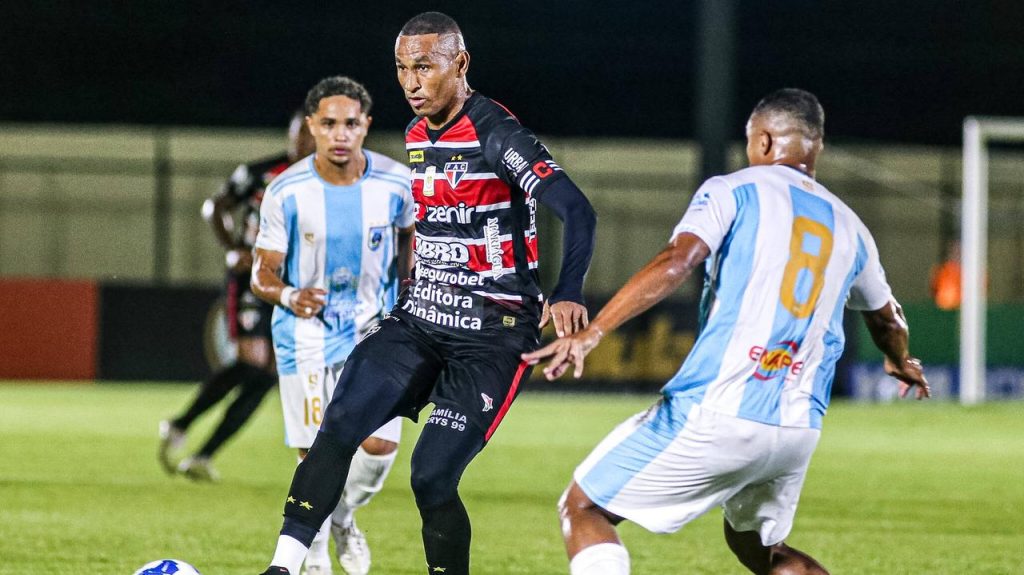
2. Matías Roldán – LAFC (Uruguay)
A rapid winger with deceptive strength, Roldán lit up the left flank against Al Hilal and Monterrey. The 19-year-old from Nacional Montevideo made headlines in Uruguay when he turned down an offer from Sevilla in favor of an LAFC pathway that guaranteed him 1,000 first-team minutes in his first season. What impressed scouts most during the tournament wasn’t just his dribbling or work rate, but his in-game intelligence—pulling defenders wide to create central overloads, timing his overlaps, and understanding pressing triggers. He is widely seen as a future captain material, and LAFC view him as a cornerstone for the post-Vela era.
3. Emiliano Gutiérrez – New York Red Bulls (Argentina)
Argentine flair mixed with German discipline defines Gutiérrez, the 17-year-old deep-lying playmaker who joined the Red Bulls through a partnership with Rosario Central. Gutiérrez’s performance against Wydad Casablanca showcased an uncanny ability to break lines with one-touch verticals and anticipate pressing angles. Already likened to a young Leandro Paredes, he embodies the Red Bull system with relentless energy, positional discipline, and sharp transitional decisions. European scouts noted how comfortable he was under pressure, and Red Bulls leadership hinted that he’ll graduate to Leipzig within 18 months—but with full MLS seasoning first.
Youth Coaching Philosophy Differences
Why are these players flourishing in the U.S.? It starts with a fundamental coaching philosophy shift. While many European academies prioritize tactical systems from an early age, often funneling players into rigid roles, MLS development hubs have taken a more player-centric approach—rooted in unlocking individual decision-making and physical resilience.
MLS academies now hire Latin American technical directors, often former players from Colombia, Argentina, and Chile, to align training culture with player heritage. Training is structured less around 4-3-3 blueprints and more around dynamic situational patterns: how to read space, when to break structure, how to regain shape after improvisation. South American players, often used to more expressive play, find this freedom conducive to faster growth. They’re taught to own the game—not just execute instructions.
In addition, U.S.-based teams integrate high-performance data analytics from age 15, including biomechanical feedback, GPS-driven load monitoring, and even cognitive reaction training. Players aren’t just trained—they’re tested, evaluated, and optimized. This scientific overlay—once exclusive to Europe’s elite—is now embedded across MLS clubs, helping these players refine their physical edge while maintaining their creative instincts.
Finally, the match tempo in MLS—while less tactically suffocating than top-tier Europe—provides an ideal bridge between South American rhythm and European speed. It’s intense, open, and transitional, giving players like Brandão and Roldán the perfect crucible to test their mettle without being drowned in tactical over-coaching.
Conclusion: A New Continental Power Base
In 2025, the choice for South American wonderkids is no longer just between Boca Juniors and Barcelona. MLS has inserted itself into that decision tree—through intelligent contracts, holistic development, and an open embrace of multicultural football. The pipeline isn’t just growing; it’s maturing.
What was once seen as a commercial backwater is now an incubator for elite talent. With U.S. stadiums filling up, broadcast rights ballooning, and international tournaments highlighting MLS as a proving ground, the question isn’t why wonderkids are coming—it’s who’s next.
And for European clubs watching, the message is clear: if you don’t move early, MLS will. Not just to buy talent—but to build it.

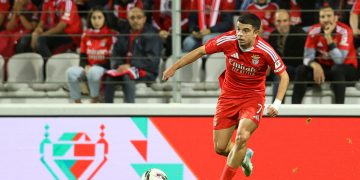
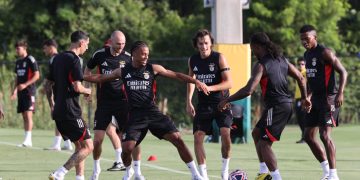
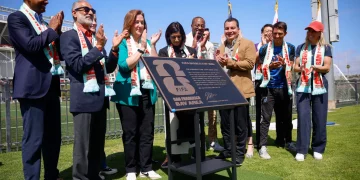












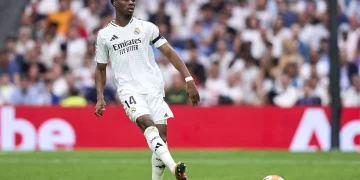




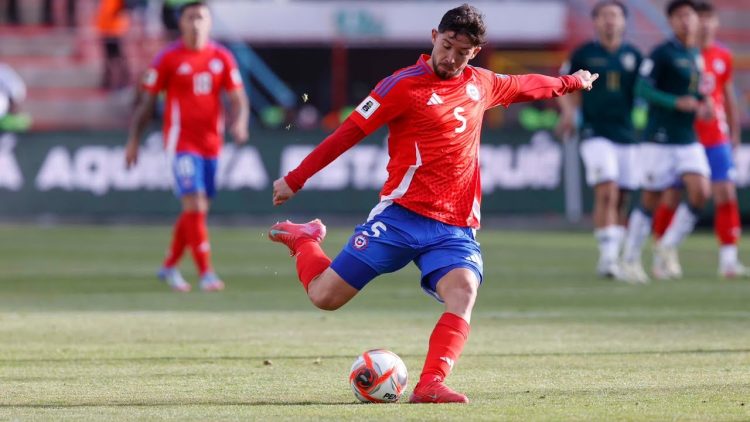












Discussion about this post